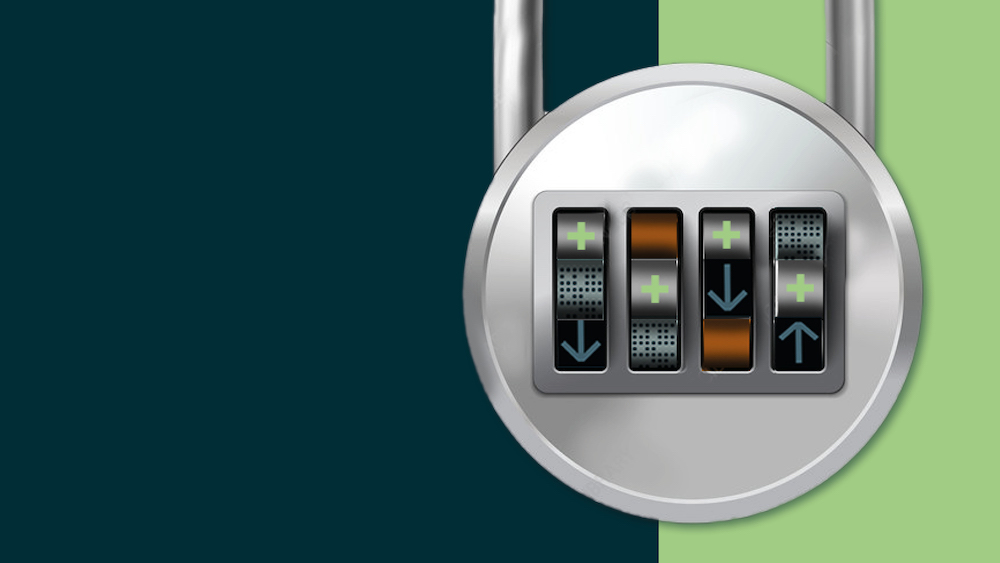
24 Jul 2023
Are storage facilities safe? The most obvious answer is yes and no. Yes, storage facilities are designed to be safe. You have locks, gates, cameras, codes and protection from the elements. But there are certain elements of this particular industry that could present dangers for customers, owners and operators. For example, self storage facilities typically don't employ a large staff, which is great for ROI, but means that many facilities are not manned 24/7, creating an opportunity for emergencies to arise.
Many of the safety issues you will run into at a storage facility might not be immediately visible. It's important to plan carefully to ensure that you've considered every eventuality when it comes to the security of your customers and staff. Let's get a bit deeper into secure self storage and a few security issues you can head off at the pass with a little bit of planning.
When we think of secure self-storage the first things that come to mind are typically locks and Gates. Unfortunately most storage facility accidents and injuries occur when we least expect them to. A few of the most common accidents at storage facilities include:
Starting from here, let's explore a few different ways self-storage facility owners and operators protect their facility and their customers from injury or accident on-site.
Proper lighting in your storage facility is a huge deal, considering many accidents at self-storage facilities are due to inadequate lighting.
The way that you manage accidents at your storage facility will play a major role in how secure customers feel working and storing with you.
Secure self storage goes well beyond locks and gates. People feel safe when they are heard and communicated with.